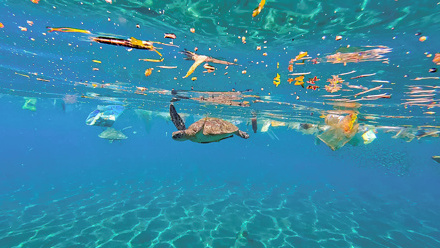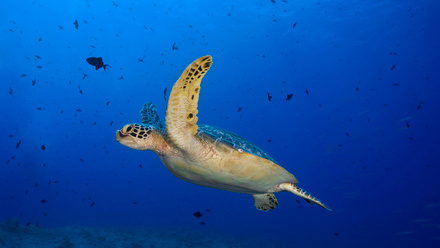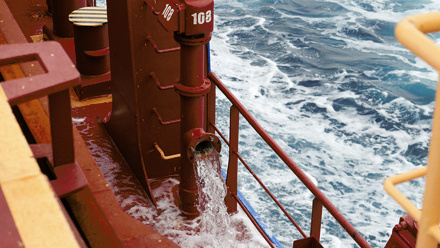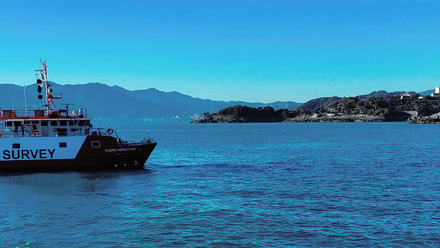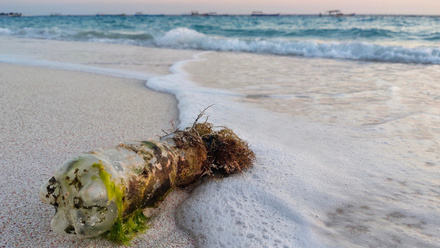New technology to monitor ocean plastic
The Ocean Cleanup continues to develop new technology that can detect the presence of underwater plastics.
While finding plastic accumulations is the first stage in the cleaning process, this comes at a price – literally, as this requires considerable amounts of money and resources.
However, research has been conducted in the use of hyperspectral satellites as a means of locating plastic 'fingerprints' from space. It was done in conjunction with the Carl von Ossietzky University of Oldenburg, Hawaii Pacific University, and the University of the Aegean, with funding provided by the European Space Agency.
“Satellites can be a very cost-effective tool to globally monitor plastic and to discover trends and accumulations that we haven't discovered yet,” explained The Ocean Cleanup Product Lead ADIS (Autonomous Debris Imaging System), Robin De Vries.
The SPOTS project (Spectral properties of submerged and biofouled marine plastic litter) can detect plastic by using a hyperspectral sensor which creates a fingerprint of the plastic. De Vries explains that each type of plastic has its own unique fingerprint. To ensure comprehensive data sets, a number of tests were run.
One consideration was which plastics were going to be tested, and to that end, De Vries and his team created a standard set of samples, comprising eight types of plastic with three different thicknesses.
“We had to design our own measurement tool, [which] consists of a water tank in a lab that allows the plastic to be clamped and to be put into different depths of water while the sensor is scanning for the signal,” he stated.
The opportunity to test this in the real world was achieved by constructing a plastic target in the coastal waters of Greece and flying a hyperspectral sensor drone over it.
Down to earth solutions
Additionally, as part of the The Ocean Cleanup's multi-year project to clean Bangkok's Chao Phraya river, cameras were placed on bridges. Camera technology is part of a river monitoring system, which can then be used to not only identify plastic pollution, but to categorise it.
The images captured enabled The Ocean Cleanup to get an idea of waste levels in the river, the type, and also any potential routes that the waste may take when moving downstream. Looking at the bigger picture, any accumulated data can give an idea of the type of technology required to help get rid of the waste.
Cameras can also be mounted on ocean-faring vessels, capturing images of the surface and the presence of any plastic debris. This is a core element of The Ocean Cleanup's ADIS, which has been used by global supply chain management specialist, Hyundai Glovis.
“Using GoPro cameras on ships, we successfully scanned a track of hundreds of miles for marine debris,” said De Vries. “We processed the dataset with our new AI object detection algorithm, which revealed more than 400 large plastic items in the GPS-tagged images taken by the cameras. By analysing the item locations, we distilled a numerical concentration map.”
Online viewers could also gain an insight into what goes on at The Ocean Cleanup. To mark the 100th extraction of plastic waste from the Pacific, it streamed the operation. This was the first time that the complete process was broadcast to a worldwide audience, attracting thousands of viewers.
This was a useful exercise, as operations were seen in full, with additional comments and information provided by crew including founder and CEO Boyan Slat, who also answered questions from a live audience. Slat discussed subjects such as the technology used in operations and the measures taken to safeguard marine environments.
Join the Ocean Plastics and Marine Litter Special Interest Group to help with IMarEST’s involvement in this issue.
Newsletter image: ocean water and plastic rubbish off Bali, Indonesia; credit: Shutterstock.
Tell us what you think about this article by joining the discussion on IMarEST Connect.

